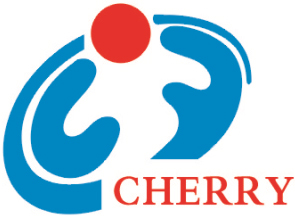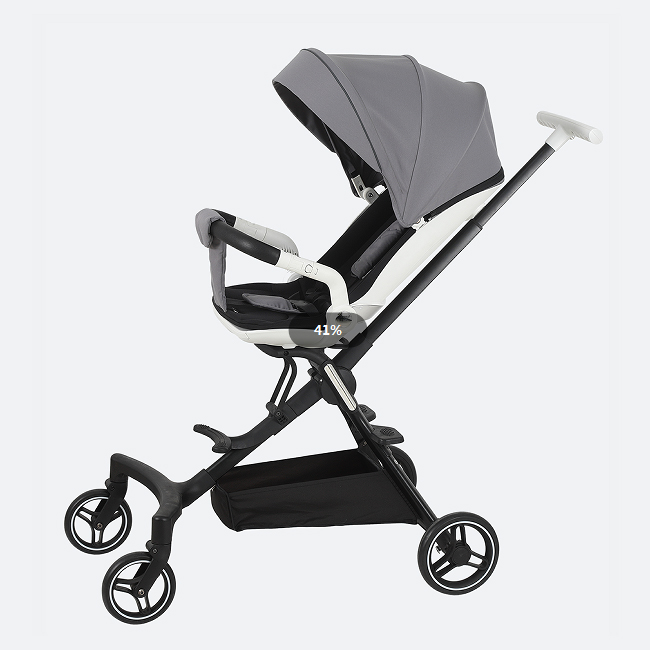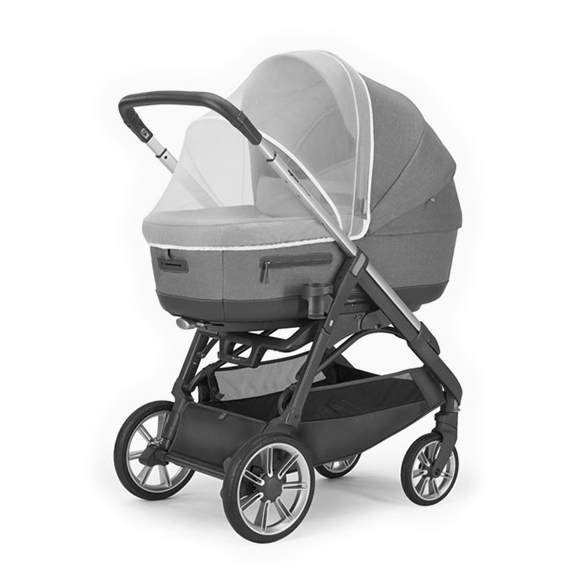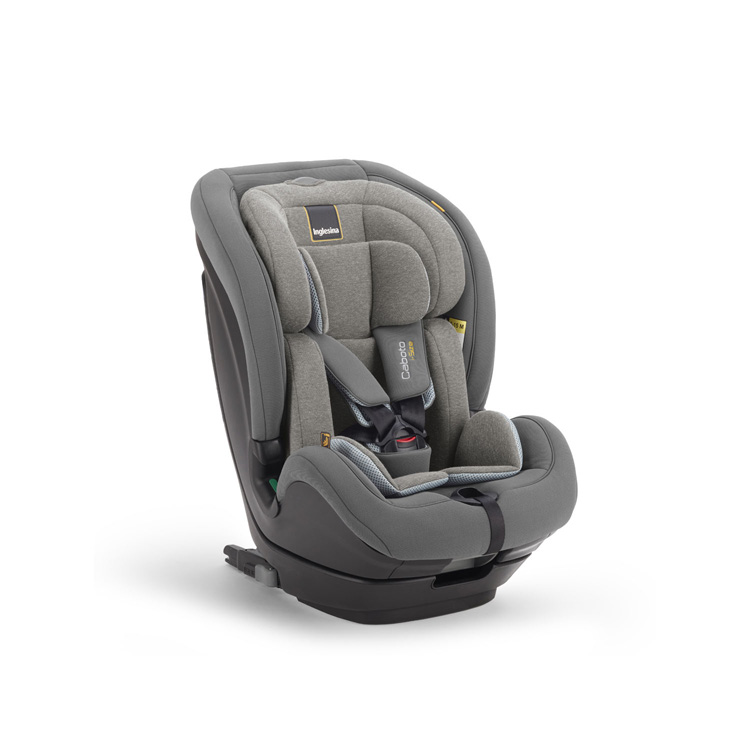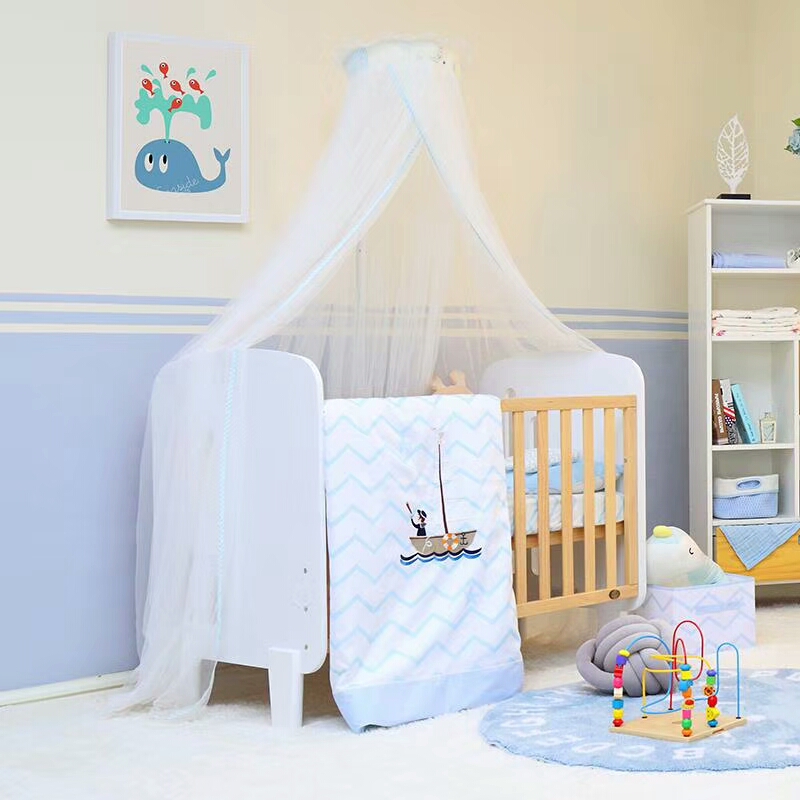1. Safety Standards: Key Differences Between China and International Regulations
The safety of infant textiles is fundamentally governed by the mandatory national standard GB 31701-2015 (Technical Code for Safety of Textile Products for Infants and Children), which requires all products for children under 36 months to meet Class A safety technical requirements. Critical indicators include formaldehyde content ≤20mg/kg, pH value between 4.0-7.5, and a ban on decomposable carcinogenic aromatic amine dyes. When compared to international standards, China’s regulations align closely with the EU’s OEKO-TEX® Standard 100 in requirements for colorfastness to saliva (≥Grade 4) and total heavy metal (lead, cadmium) content (≤90mg/kg). However, China imposes stricter limits on phthalates (total DBP, BBP, DEHP ≤0.1%), while the U.S. ASTM F963 does not explicitly regulate phthalates in textiles.
Key Indicator Comparison Table:
| Test Item | GB 31701-2015 (Class A) | OEKO-TEX® Standard 100 | ASTM F963-23 |
| Formaldehyde (mg/kg) | ≤20 | ≤30 (baby products) | Not specified |
| Total Phthalates | ≤0.1% | ≤0.1% (baby products) | Not specified |
| Lead + Cadmium (mg/kg) | ≤90 | ≤90 (extractable) | ≤90 (migratable) |
| Colorfastness to Saliva | ≥Grade 4 | ≥Grade 4 | Not specified |
(Data source: China National Standardization Administration Committee, OEKO-TEX® official website, ASTM International Standards)
2. Industry current situation: 2024 Quality Inspection Data Reveals Safety Risks
2024 local and national quality inspection data highlight significant variability in infant textile quality. In Ningxia Hui Autonomous Region, 23.8% of 105 sampled products failed inspections, primarily due to mislabeled fiber content (e.g., products labeled "85% cotton" but actually 100% cotton) and non-compliant cord designs. In Xinjiang Uygur Autonomous Region, only 1 out of 30 sampled products failed (due to fiber content deviations), while Hainan Province reported a 5.0% failure rate, all related to incorrect fiber content labeling. Nationwide, e-commerce channels had a 23.5% non-compliance rate for infant textiles—significantly higher than physical stores (15.1%) and production facilities (6.7%)—indicating weaker quality control in distribution chains.
Typical Non-Compliance Cases:
Fiber Content Mislabeling: A baby onesie labeled "85% cotton" was found to be 100% cotton, violating GB/T 29862-2013 (*Textiles – Labelling of Fiber Content*).
Cord Hazards: Some products featured excessively long cords (over 30cm) on necks or waists, posing strangulation risks and violating GB 31701-2015’s requirement that "no cords should be present on the head or neck of infant clothing."
3. Policy Upgrades: 2025 Regulatory Updates Reshape the Industry
In May 2025, the State Administration for Market Regulation released the *Revised Draft of the Fiber Products Quality Supervision and Management Measures*, explicitly prohibiting the use of reprocessed fibers in infant textile production and strengthening raw material traceability and quality inspection requirements. Enterprises are now required to obtain testing reports for raw materials, establish "pilot-testing" quality control systems, and ban dyes and auxiliaries with excessive heavy metal residues. These measures aim to eliminate hazards at the source and drive the industry toward eco-friendly materials like organic cotton and bamboo fiber. For example, PurCotton’s infant bedding series, certified to Class A standards with 100% premium cotton, aligns with the new regulations’ emphasis on natural materials through its "100 Homes of Cotton" campaign.
4. Technological Innovations: Smart Monitoring and Material Science Breakthroughs
The integration of smart technology with infant bedding is a key safety upgrade. STM32 microcontrollers with DHT11 humidity sensors and MPU6050 impact detection modules can monitor real-time environmental temperature, humidity, and vibration in cribs, sending app alerts for anomalies (e.g., temperature >28°C or humidity <30%). In materials science, natural latex and bamboo fiber have become mainstream in premium products due to their breathability (bamboo fiber absorbs 30% more moisture than cotton) and antibacterial properties (natural latex contains rubber protein to inhibit mites). For instance, Babycare’s stage-specific spinal support mattresses use German beech wood with eco-friendly water-based paint, 168-hour kiln drying to control moisture content at 8%-12%, eliminating formaldehyde risks from the source.
5. Consumer Insights: Decision-Making in the Era of Scientific Parenting
A 2024 maternal and infant consumption behavior survey found that 81.5% of parents rely on professional reviews and word-of-mouth data when purchasing, with safety certifications (e.g., GB 31701 labels) as the primary deciding factor. On Xiaohongshu (Red), a leading parenting platform with 110 million users, Gen Z parents prioritize stage-specific solutions (e.g., products for "colic in the second month") and home aesthetics (e.g., natural wood-finish crib sets), driving brands to adopt scenario-based marketing (e.g., "Extreme Cold Fluffy" winter sets). Sales data from JD.com and Tmall show that GB Class A-certified products like KUB antibacterial crib bumpers and Luolai Kids’ 100% cotton mattress protectors consistently rank among the top sellers, reflecting consumers’ focus on safety standards.
6. Shopping Guide: 4-Step Screening Method and Risk Avoidance Checklist
1. Check Labels: Ensure the product tag clearly states GB 31701 infant products and specifies Class A safety standards. Imported products should also comply with OEKO-TEX® or ASTM certifications.
2. Verify Reports: Review testing reports for formaldehyde, heavy metals, and colorfastness on the brand’s website or through third-party platforms (e.g., CTI Laboratories). Avoid products that only state "qualified" without specific data.
3. Test Materials: Prioritize natural fabrics like 100% cotton, bamboo cotton, or organic cotton; avoid synthetic fibers. Choose gauze fabrics for summer (40% better breathability) and temperature-regulating fiber fillings for winter.
4. Avoid Risks: Steer clear of products with long cords, small attachments (e.g., sequins, beads), or sharp edges. Crib mattresses should pass hardness tests for proper support, and crib bumpers should be at least 30cm tall with smooth edges.
7. Authoritative Resources and Further Reading
China Toy and Baby Products Association (CTBPA): Access GB 31701 standard interpretations, industry whitepapers, and recall cases ([link](http://www.wjyt-china.org)).
State Administration for Market Regulation: Download 2024 national quality supervision reports (including infant textile data) via the "Services - Inquiry - Product Quality" section ([link](https://www.samr.gov.cn)).
OEKO-TEX® Official Database: Verify certification authenticity by product number to ensure international safety compliance ([link](https://www.oeko-tex.com)).
Academic Research: Explore cutting-edge material science and testing technologies via CNKI (China National Knowledge Infrastructure) using keywords like "infant textile safety" and "smart crib design."
This systematic analysis equips consumers with a comprehensive understanding of infant textile safety standards, industry trends, and shopping strategies. By leveraging authoritative data and professional insights, parents can create a safe and healthy sleeping environment for their little ones.
